All shades of blue are covering the peaceful evening sky and the peaks of the mountains of Stepanakert. Several dozen people are gathered outside the garden of Stepanakert State Theater for the opening ceremony of the second annual Sunrise Festival for a performance by Arthur Khachents, an Armenian singer from the Hadrut region of Artsakh, singing “Կյասս Քիսս/You Come and Go.” It’s a song he wrote after the 2020 Artsakh War and performed with Apo Sahagian, a musician from Jerusalem.

Khachents told the Armenian Weekly this song is about the pain, memories and love for Hadrut. It’s also written in the Hadrut dialect, which makes this scene even more heartwarming.
“I was invited to perform at the Sunrise Festival opening ceremony which I accepted with great pleasure. This is my first concert in Artsakh after the war, after losing my home region of Hadrut, so it was twice as important for me to come and perform for my people,” says Khachents.
Khachents was one of dozens of artists, filmmakers and other professionals from a variety of cultural and media spheres featured in the 10-day multimedia festival held in Stepanakert, the capital of the Republic of Artsakh, from June 24 to July 3.
Sunrise Stepanakert Festival was co-founded by Shoushan Keshishyan and Lilit Hakobyan back in 2021 after the second Artsakh War.

“Art and culture are the best remedies to heal after the war,” said Keshishyan. “While working on this project, we understood that music is not enough. A film screening is not enough. An exhibition is not enough. This is how we got this multimedia version of the festival, which contains masterclasses, film screenings, concerts and other forms of art,” she explained.
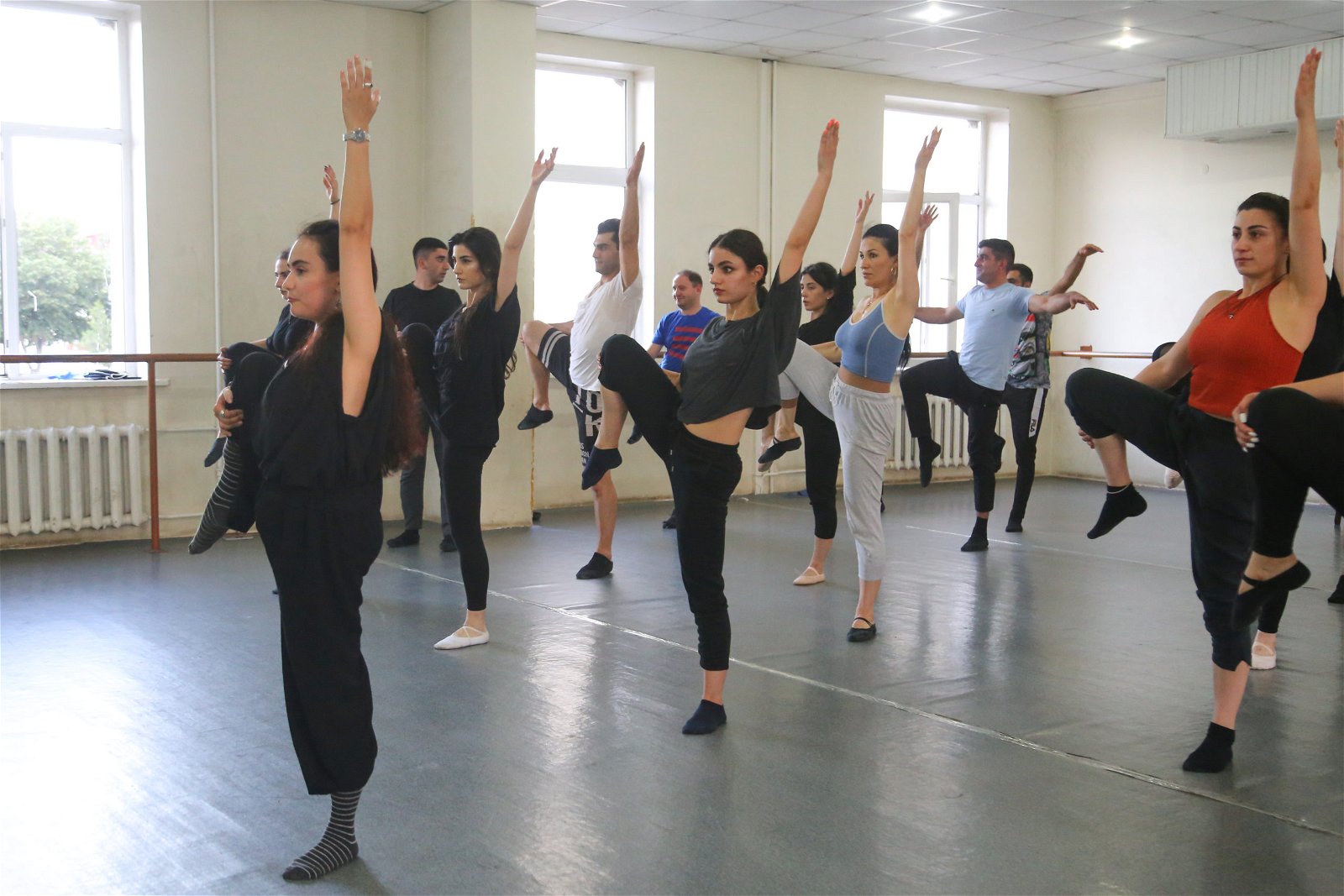
Once the team decided on a location for the festival, they headed back to Yerevan to discuss logistics and fundraising. The Calouste Gulbenkian Foundation became a key supporter.
The first Sunrise Stepanakert Festival took place in the summer of 2021 in cooperation with the Center of Francophonie in Stepanakert and with the support of the government of Artsakh.
This year, under the theme of “Belonging,” Artsakh youth for the second time were given a chance to enjoy diverse exhibitions by 30 artists from Artsakh, Armenia, India, Russia, France, Brazil, Argentina, the US and Canada. Gayane Sarkisyan served on the organizing committee and helped sift through applications from different artists during an intense selection process.
“We made all possible efforts to invite the best artists and professionals and to have interesting workshops at the festival. Last year, the festival was more about helping Artsakh people get into art and revival. This year, it is more about bringing people to Artsakh and getting closer to them,” explained Sonya Avagyan, a fashion designer, social entrepreneur and a festival organizer.
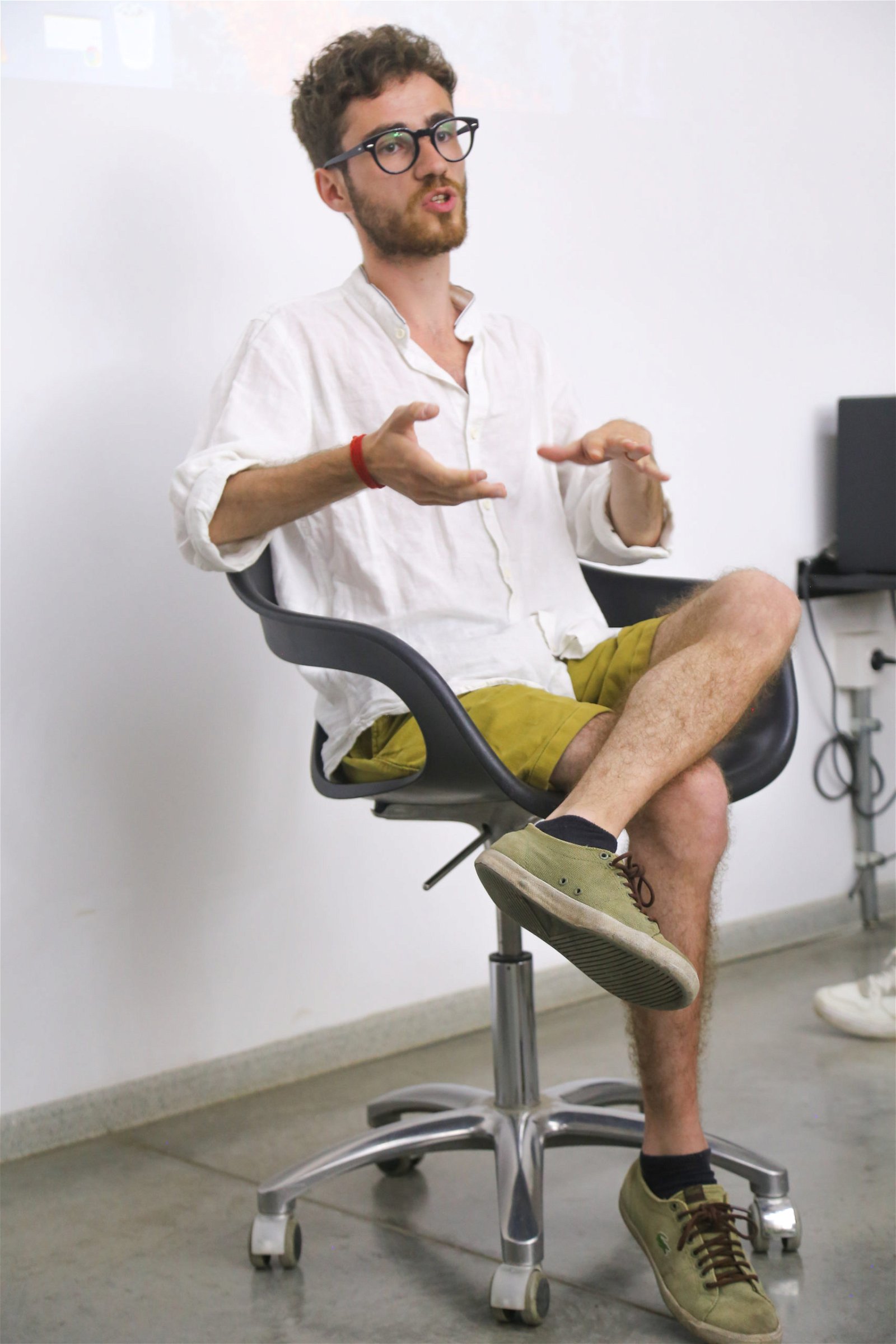
Serouj Hovsepian, a 23-year-old filmmaker from Lebanon, presented his short film ‘Nahapet’ at the festival—his third time in Artsakh. “The film is about eternal issues of Armenian society which are best fitted in frames of the festival,” he explained. “Before coming to post-war Artsakh, I was concerned not for my safety, but for the people living here and how I should behave myself next to them, what I should do and what I should not say. But as soon as I arrived in Stepanakert, I realized that Artsakh people are healing and they have their own way to mourn and swallow their pain. I find it incredible.”
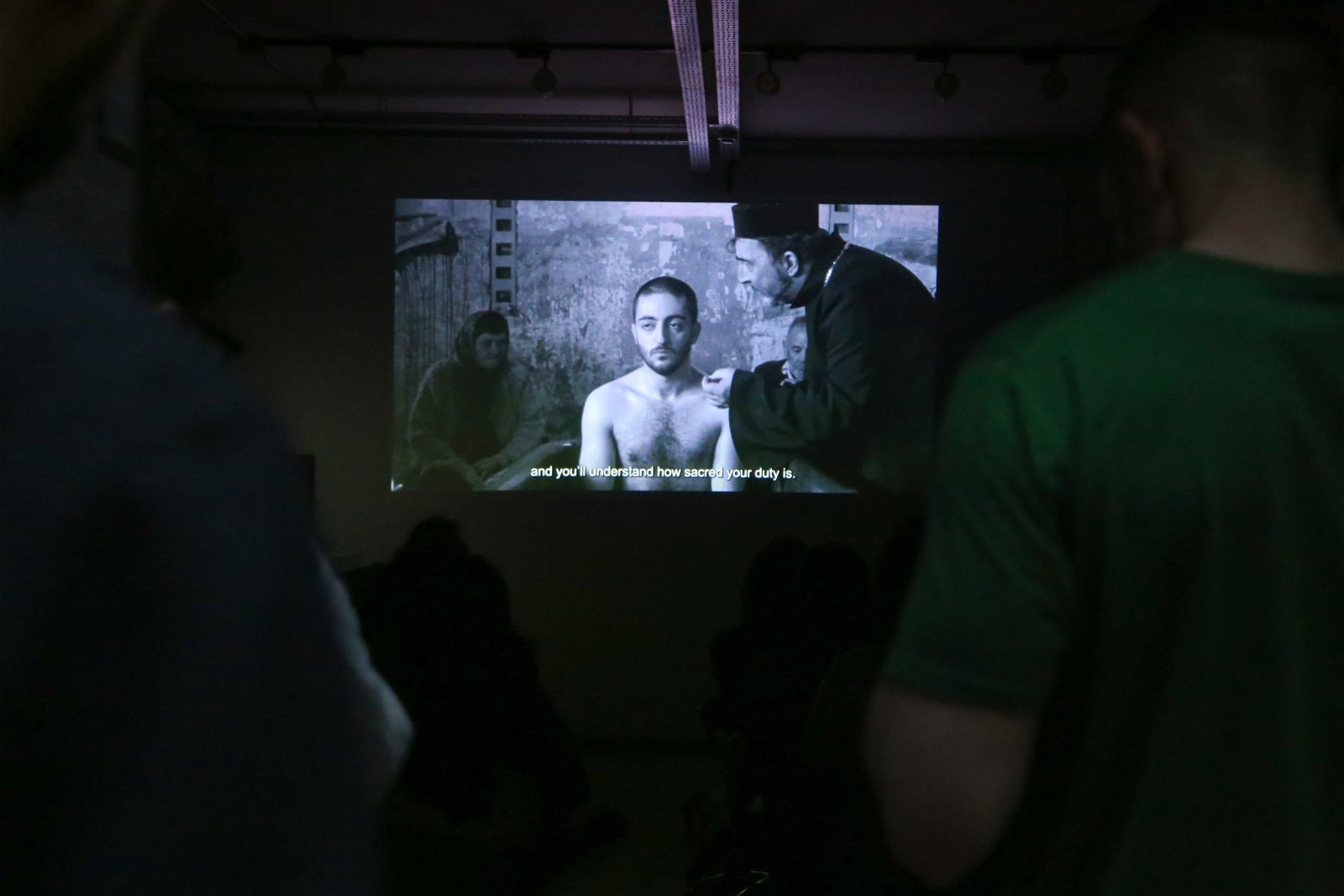
Anayis Zatikyan, a 24-year-old graphic designer and illustrator from Brazil, is also a frequent visitor to Artsakh. She repatriated to Armenia in 2019. “I am amazed with this festival, which once again proves how many talented people we have to speak, to listen and to work with here in our motherland. It inspires me. It is like the last piece from my Armenian identity puzzle. I feel complete here in Artsakh.”

Organizers say they are pleased with the success and popularity of the festival in its second year. There were more participants, and events were not limited to one location, but rather spread out throughout the capital.
Vanik Mezhlumyan, a 14-year-old from Stepanakert, said these opportunities in Stepanakert are few and far between. “This is why I’m trying not to miss the chance to become a part of it and to meet new people which helps you to broaden your horizons. I like the idea of the festival and would love to have more such events in Artsakh,” he said.
Tatev Tadevosyan, a volunteer, concurs. “The masterclasses, workshops, interaction with different people and with Diasporans affect us both spiritually and intellectually. We like touching the art and being a part of it. We are excited about it.”
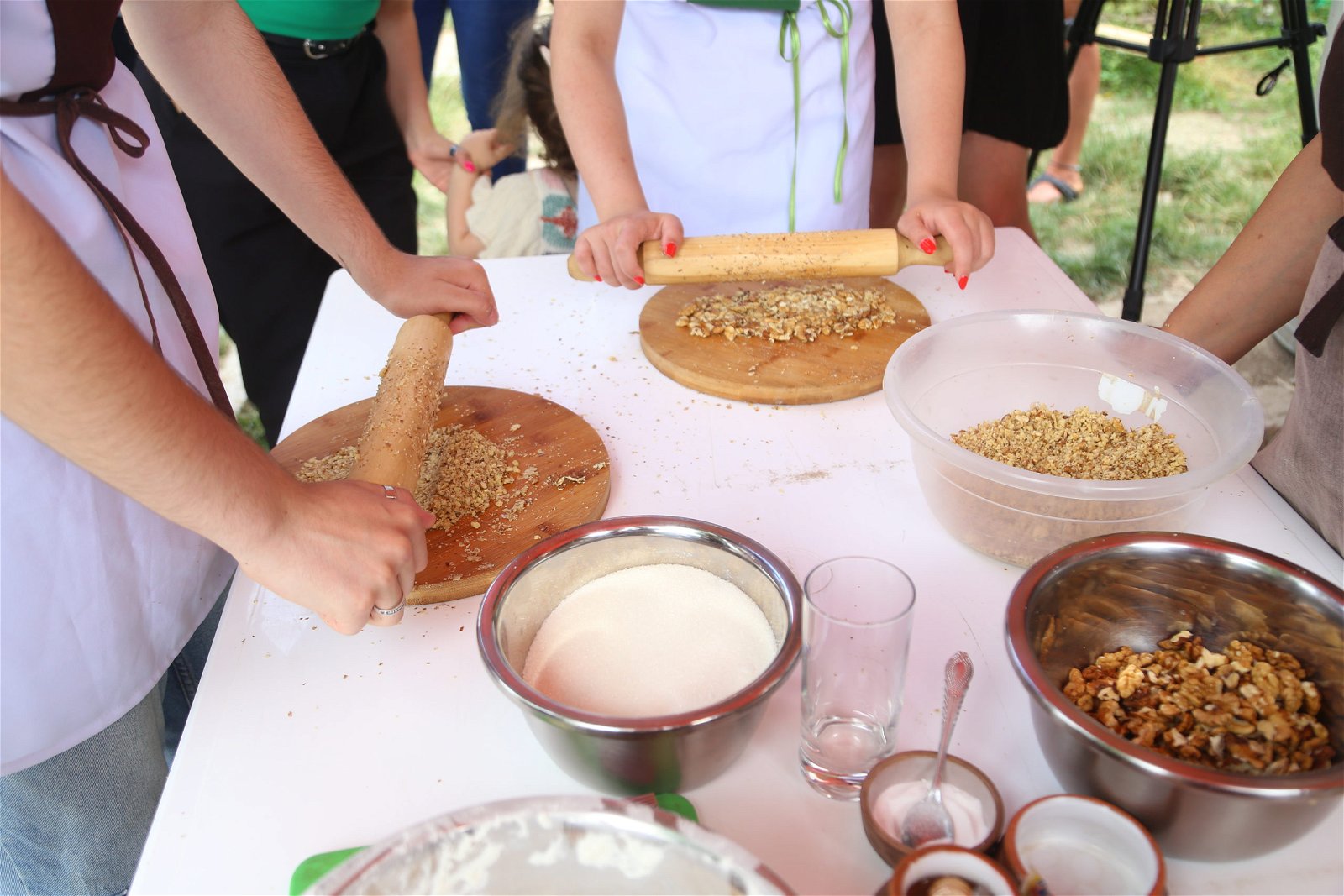
Tumanyan’s ART Wine House served as the site for jingalov hats and pakhlava masterclasses. “I am very happy to host Sunrise here and see all these people enjoying both the process and the tasting,” said owner Kristina Balayan. “Artsakh is alive with its people. We realize this, and despite everything, we continue to live, love and enjoy life to its fullest.”
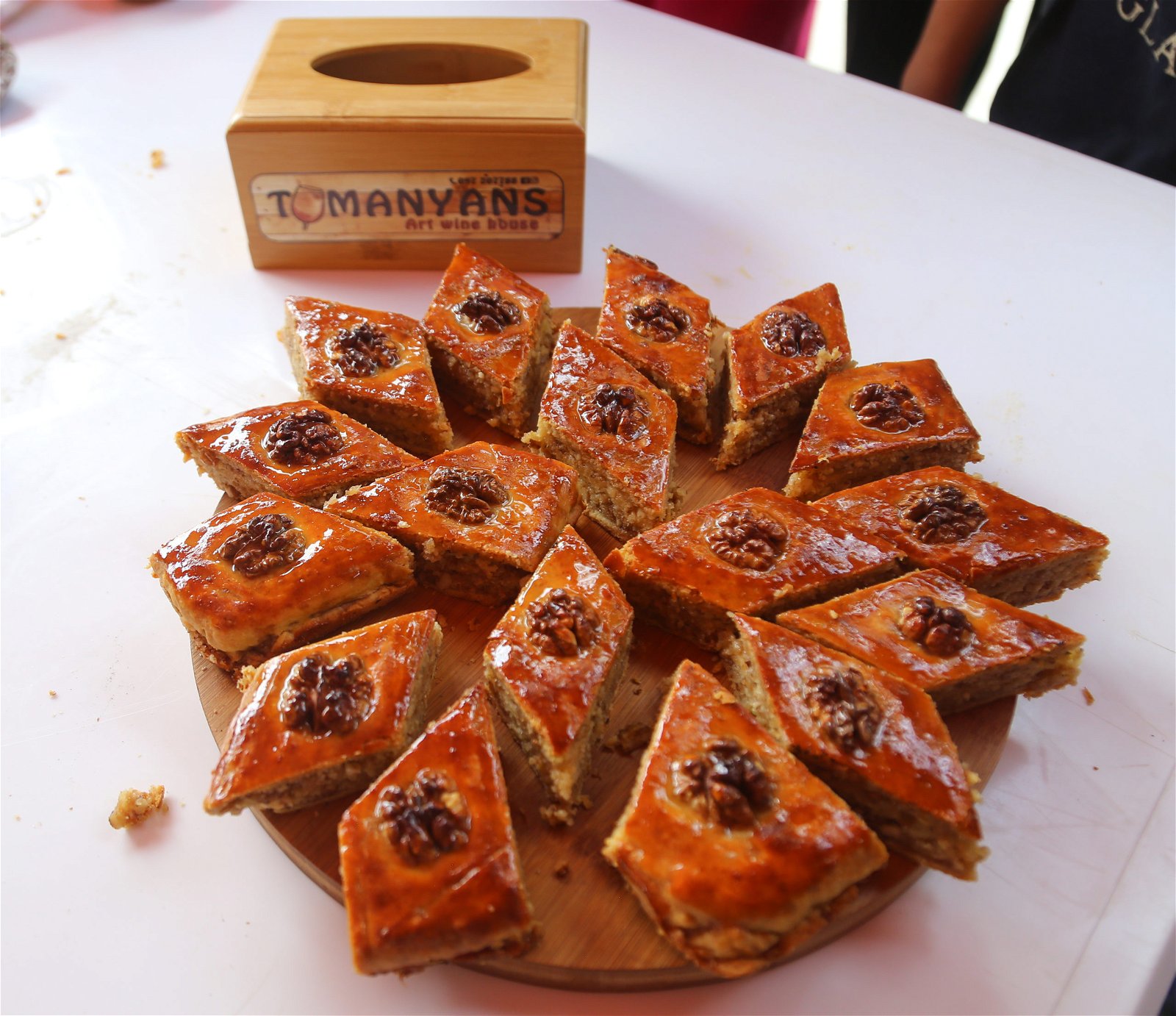
Larisa Avagyan, a student from Stepanakert, was delighted to participate in the pakhlava masterclass. “My mom will kill me knowing this, as I never did it at home, but I came here and tried to learn it. I liked the process, and I am looking forward to trying pakhlava baked by me.”
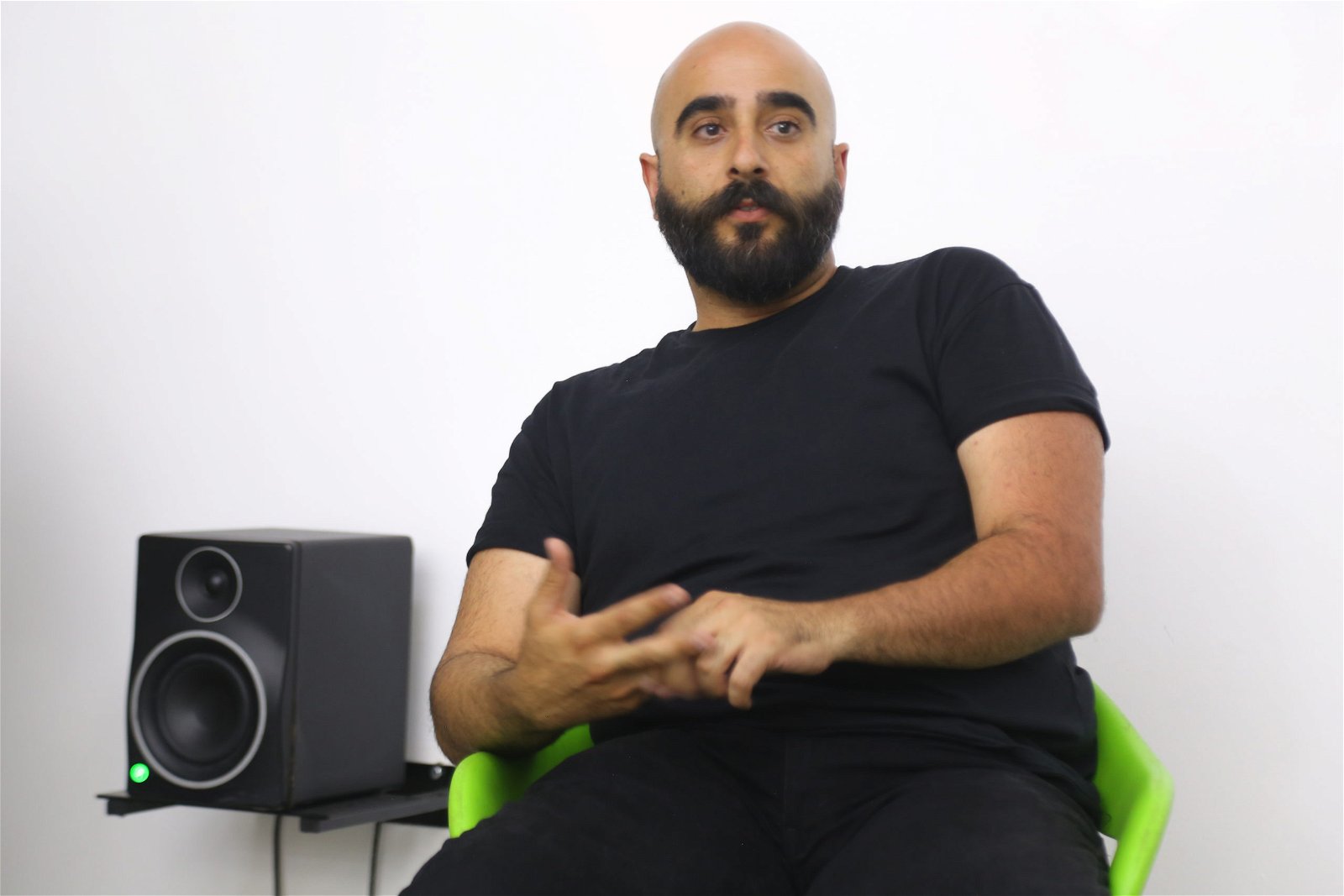
Margos Margossian, a photographer from Los Angeles, California, curated a photo exhibition with journalist Astrig Agopian. They distributed 27 disposable cameras to youth in the border villages of Kolkhozashen and Mokhratagh and asked the young people to take pictures of what the theme of ‘belonging’ meant to them. “We were pleasantly surprised at their talent and insight,” said Margossian. “Since I am an Armenian American, it is quite difficult for me to enter Artsakh, and I am thankful every time. If I were to summarize Artsakh into one sentence it would be ‘the forest shall give you life.’”
Margossian said he is honored to have this project featured in the Sunrise Stepanakert Festival. “I truly believe in giving a voice to the arts, especially now where most of us are still in a reactive state. Creating is so important now. I feel Sunrise has given a voice to Armenians all over and brought them to Artsakh. After all, we are trying to nourish our souls. Sunrise gave hope.”
Organizers say they took care of the entrance visas for all non-Armenian passport holders and foreign participants. “I should also mention the role of the Russian peacekeeping mission in Artsakh, as none of our participants from abroad had problems while traveling to Artsakh. They are well-informed of our festival, very supportive and every time when they see me coming to Artsakh they always say, ‘welcome home,’” said Hakobyan.
Hakobyan strongly believes that it is more important to create a connection between Yerevan and Stepanakert and people who come to participate at the festival. They get to know Artsakh and its people. She believes that it is crucial to always keep this connection strong. That educational exchange is so important.
“I feel very happy in this kind and artful atmosphere,” said Armine Grigoryan, a 14-year-old volunteer from Stepanakert.
Stepanakert State Theater, named after Vahram Papazian, is the architectural masterpiece that served as the main location for the festival. It was unfortunately abandoned years ago and is in an emergency state now.
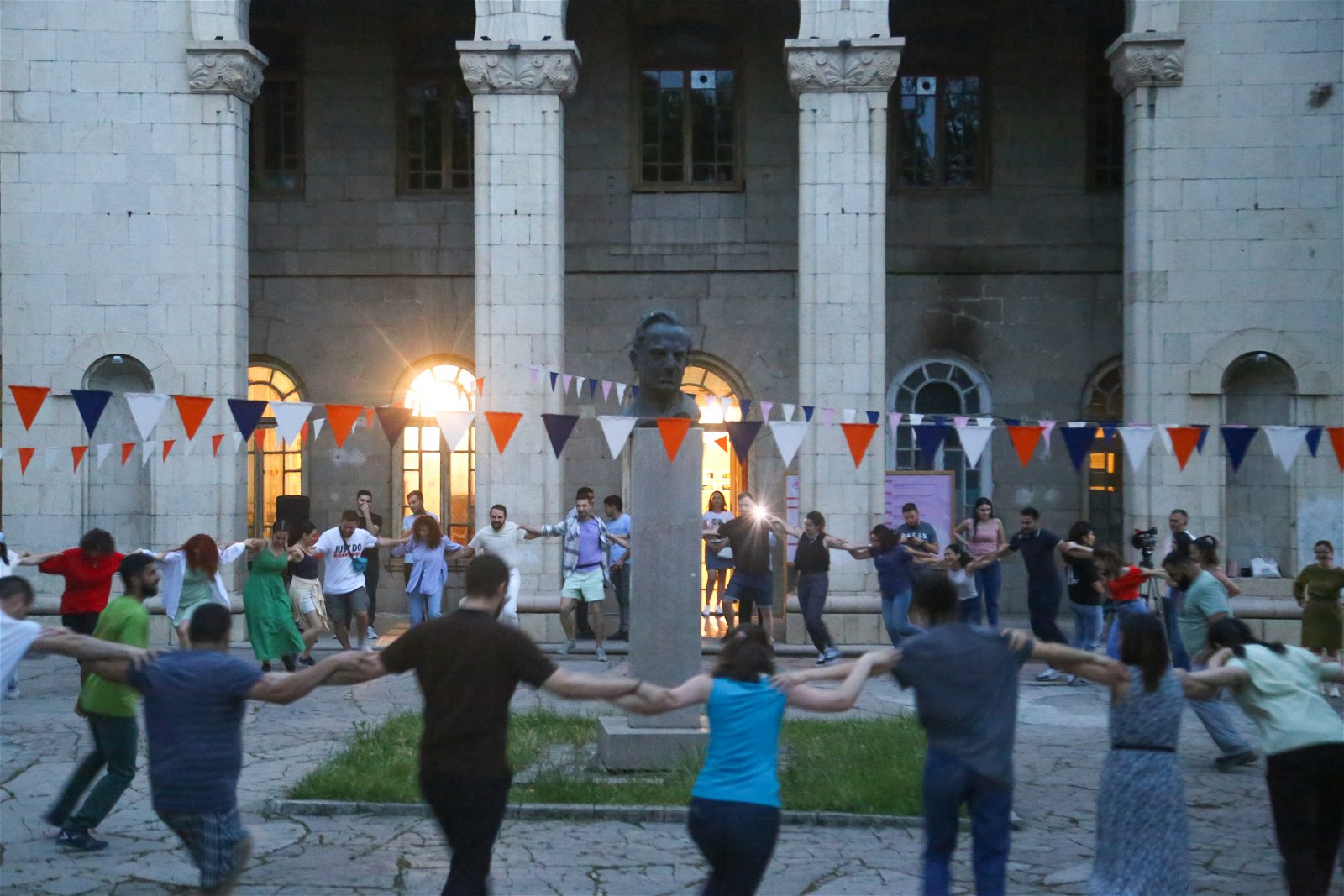
“It is the best location to organize our festival, and we hope that after the Sunrise there will be people who will be ready to donate and renovate this building,” said Hakobyan. “Although the theater is closed, I hope one day it will be renovated and will open its doors to audiences and performances again.”
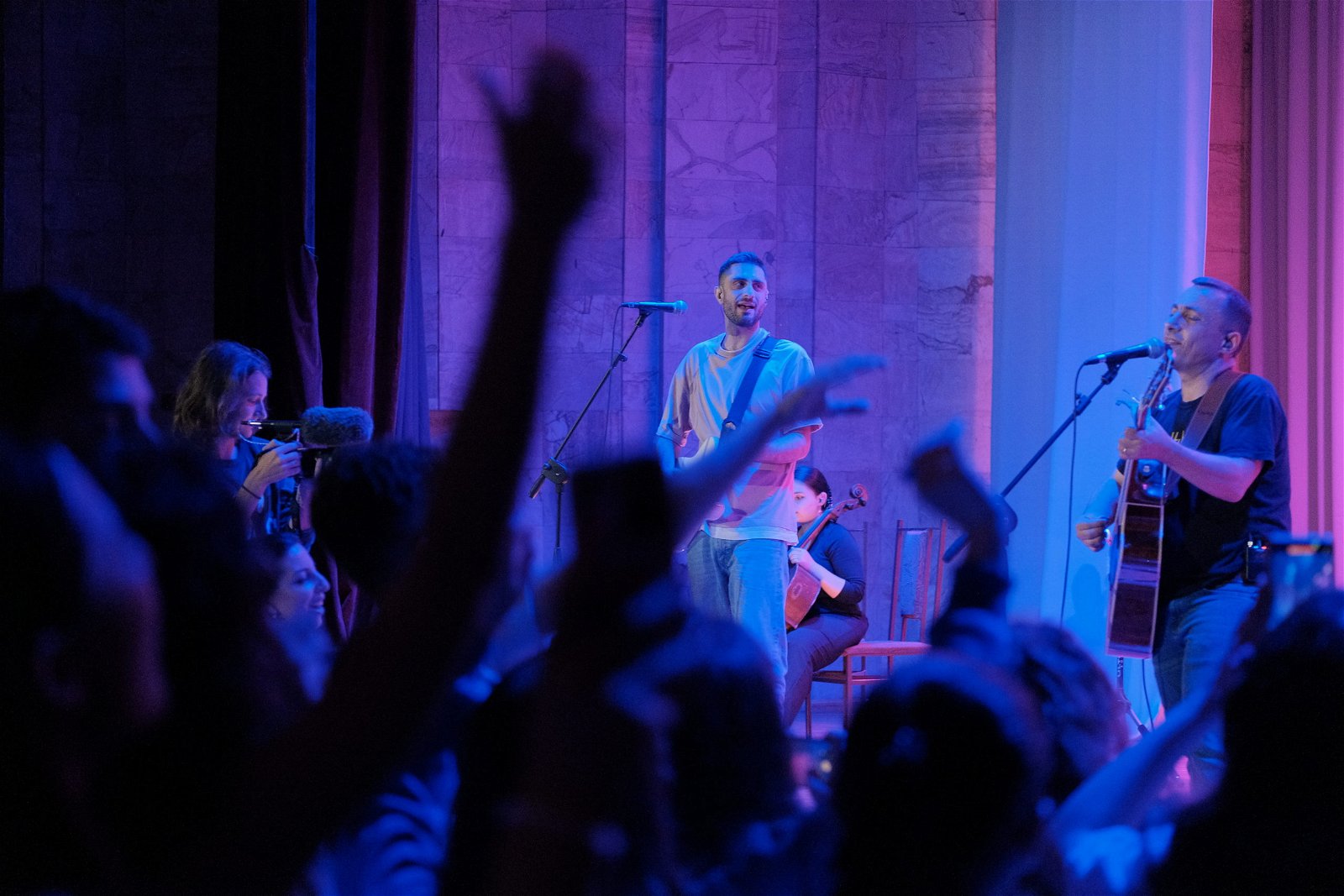
The Sunrise Stepanakert Festival concluded with a Lav Eli concert, leaving many unforgettable memories and new friendships which will create new pieces of art and inspire a brighter future in Artsakh.


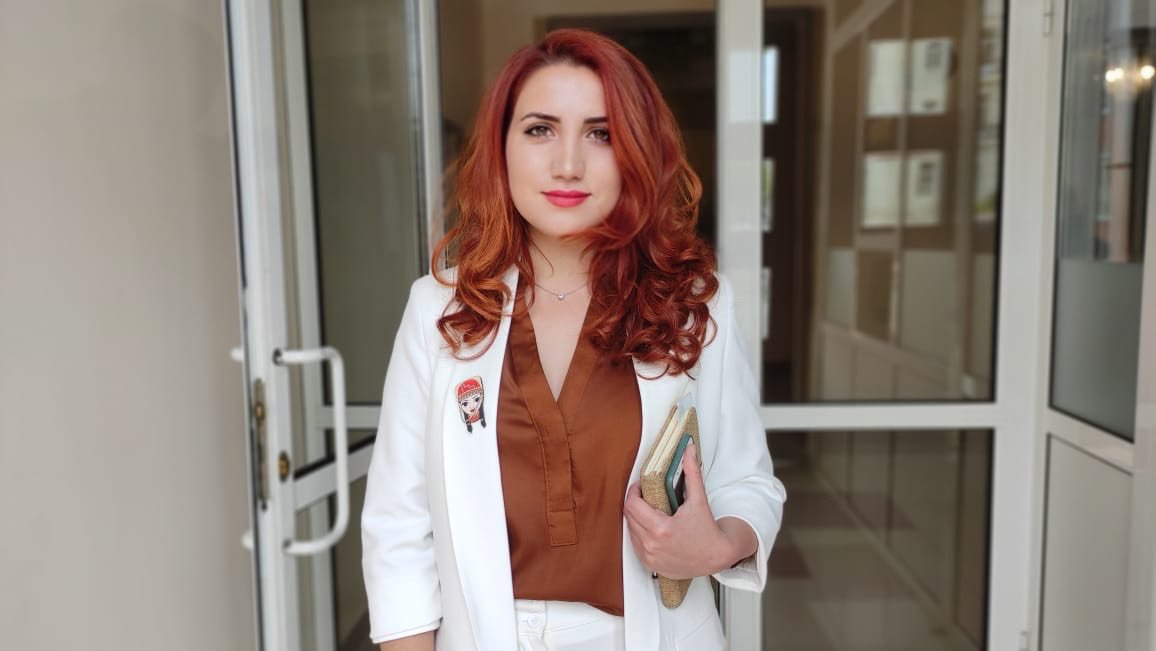
Be the first to comment